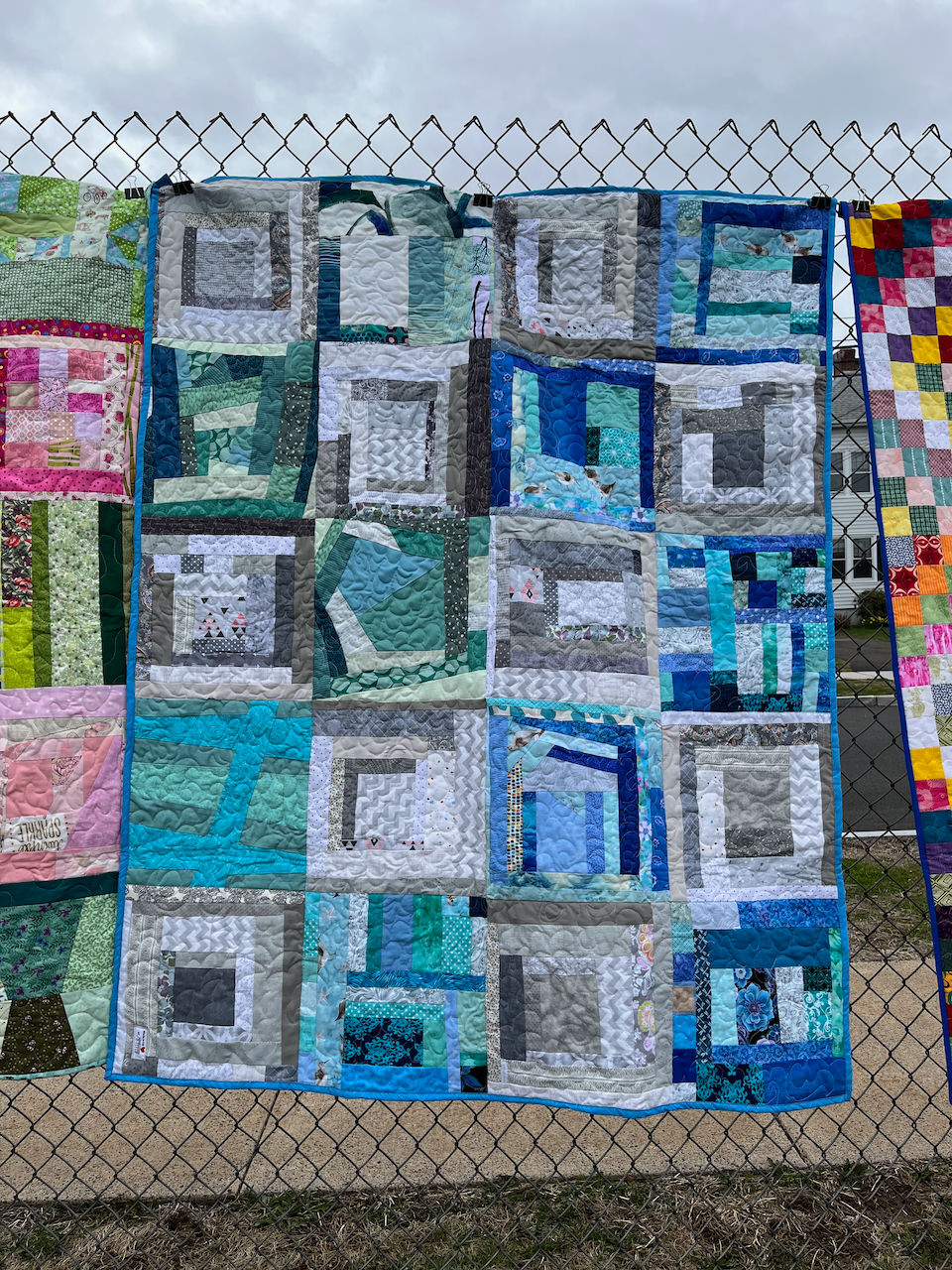Getting Started: The Basic Tools
- Laura Kasowitz
- Dec 4, 2020
- 3 min read
Updated: Dec 4, 2024
Updated: This blog post has been updated on 12/4/24 to reflect product options.
Ah sewing, such a seemingly simple activity but between choosing a sewing machine, finding the right tools and of course all the materials-- it can be a lot to process at the beginning!
Luckily, once you have the machine and a good basic tool kit you're pretty set for all future sewing projects. Just insert the fun fabric and projects!
To make it is as easy as possible, I'm including links to all of my favorite tools. As you'll see in the video (and my ridiculous photos below), these are the real tools I use in the studio and so I highly recommend them!
If you have a local fabric or craft store near you I highly recommend shopping there first. If you do go with the links below, please know that they are affiliate links which means I'll get a return of a small percentage of the sale.
Without further ado, let's set up your sewing room!
The Machine
We use the Singer Heavy Duty 4423 in the studio and I can't say enough about it. Once again you can find out why, and what I look for in a sewing machine, in our "Choosing a Sewing Machine" lesson of our E-Course (another free preview video!) For what it's worth the Singer Heavy Duty 4432 and Singer Heavy Duty 4452 are very similar, there are just more stitches (32 stitches and 52 stitches respectively) on each machine.
Sometimes you just want to buy something very simple (or your pricepoint is lower) and, if that's you, you may want to check out the Singer M1500. It's not my favorite machine, but if you're budget is very limited it will work for you!

Fabric Scissors
A sharp pair of fabric scissors is essential.
• For big hands (teens and adults), I like the Fiskars Titanium 8" scissors or Gingher's 8" Scissors.
• For littler hands we use the Fiskars 7" Beginner Sewing Scissors.

Thread Snips
Thread snips are optional but very helpful.
• For teens, adults and responsible kids I like to use thread snips like these.
• For kids who aren't quite ready for the blade we use embroidery scissors like the classic stork.

Seam Ripper
This is an essential tool. If you have a new machine check in the tool tray as they often come with them. Otherwise we like to use the long handled ones like these.

Large Ruler
Technically a regular 12" ruler will work, but these large clear grid rulers are incredibly helpful and are what I use in the video workshops. I suggest a minimum size of 6" x 12" though my preference is 6" x 24".

Seam Gauge
Again, a regular ruler will work, but the sliding mechanism and small size of a seam gauge is very useful.

Chalk/Marking Tools
There are many fabric marking tools out there but I prefer the tailor's chalk in a dark, medium and light color.

Pins
Go for colored ball straight pins (they are easier to find on the floor). You can keep them in the box they come in or get a magnetic pin tray or the traditional tomato pin cushion. It's also helpful, but not necessary, to have strong safety pins available.

Handsewing Needles
For sewing on buttons, closing gaps and general handsewing needs. I like ones like these that aren't too big or too small.

Irons
A good hot iron is really important to sewing. I go into great detail about it in this YouTube video, but my favorites are the Black and Decker Allure Steam Iron* and the Oliso Smart Touch Iron. *The iron shown in the photo is a Black and Decker that is no longer made. The Allure Steam Iron is very similar.

There are plenty more fun tools you can add on from there, but those are my essentials!
We can't wait to sew with you!
Happy Stitching!
Laura




Comments